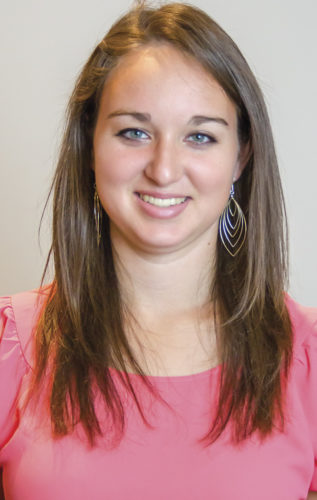Last week, I finally had a chance to catch up with some college friends I hadn’t seen in well over a year. Between kids, house renovations, work, travel and living in different time zones, finding time for a phone call can be challenging and seeing each other in person is a rare treat. However, when we are able to get together, there is no awkwardness and we easily jump back into the easy friendship we had in college. The first hour usually involves updating each other on what we’ve been up to for the past six months, but it doesn’t make the time any less enjoyable.
While I have made many new friends in the years since college, only a handful of those relationships have reached the level of familiarity that I have with my friends from college. This is of course through no fault on their part. College is just one of the few times in your life when seeing your friends every day or almost every day for class, to study, club meetings or just to do something fun is a normal part of life. And at some point, you often end up being roommates with some of them. That is a ton of time invested in that relationship that isn’t just forgotten the minute you graduate and move away.
It is similar with old cows. These are the cows that paid their debt to the dairy long ago and now they’re faithfully producing milk day in and day out. They may not be the flashiest or the highest producer in the herd, but they’re dependable. Like old friends, they mostly just need regular maintenance instead of constant special attention, although one may have a breakdown from time to time and need a little special care. Unlike old friends, however, which often start as a chance meeting and then progress naturally without a purposeful agenda, old cows do not happen by chance. They are made.
Old cows happen when calves receive proper care and nutrition from the minute they’re born. Bobbi Brockmann addresses this on page 49 in her article “5 things to stop doing if you want to get serious about your calf program.” In her article, she points out the best dairies reject the idea that good enough is good enough and instead set a high bar with clear goals to ensure each replacement heifer is set up for success. At the same time, not every heifer is cut out for the milking parlor, so they also set high standards for their animals to ensure only the best make it all the way through to the milking parlor.
One major benefit of having more “old cows” in the herd is that it means fewer replacement heifers are needed each year. Thanks to sexed semen, farms are able to decide ahead of time which cows and heifers will be responsible for producing the next generation of milking cows, freeing up additional “womb space” for other opportunities such as dairy-beef calves.
Of course, these dairy-beef calves need purposeful attention as well to set them up for success now and eventually in the feedyard. In her article, “3 standard calf care practices your calf grower wishes you knew and implemented,” Samantha Kulp discusses the critical steps necessary to ensure these calves thrive in their career as beef cattle and help keep these animals competitive in an increasingly popular market. Likewise, Olivia Genther-Schroeder shares some common myths about raising these animals in her article, “Myth busting: Feeding dairy-beef crossbred calves.” While dairy and dairy-beef calves might differ in some areas, both animals thrive on high levels of nutrition with plenty of protein and energy and a weaning age of at least 8 weeks.
Bottom line, I think it is safe to say that whether it’s building a lasting friendship or an old but highly productive cow, taking the time to set a good foundation is key to success. While I’m sure there are outliers out there somewhere, I can honestly say I’ve never heard anyone say they have too many good friends and I’ve definitely never heard a farmer complain about his or her herd longevity being too high.




